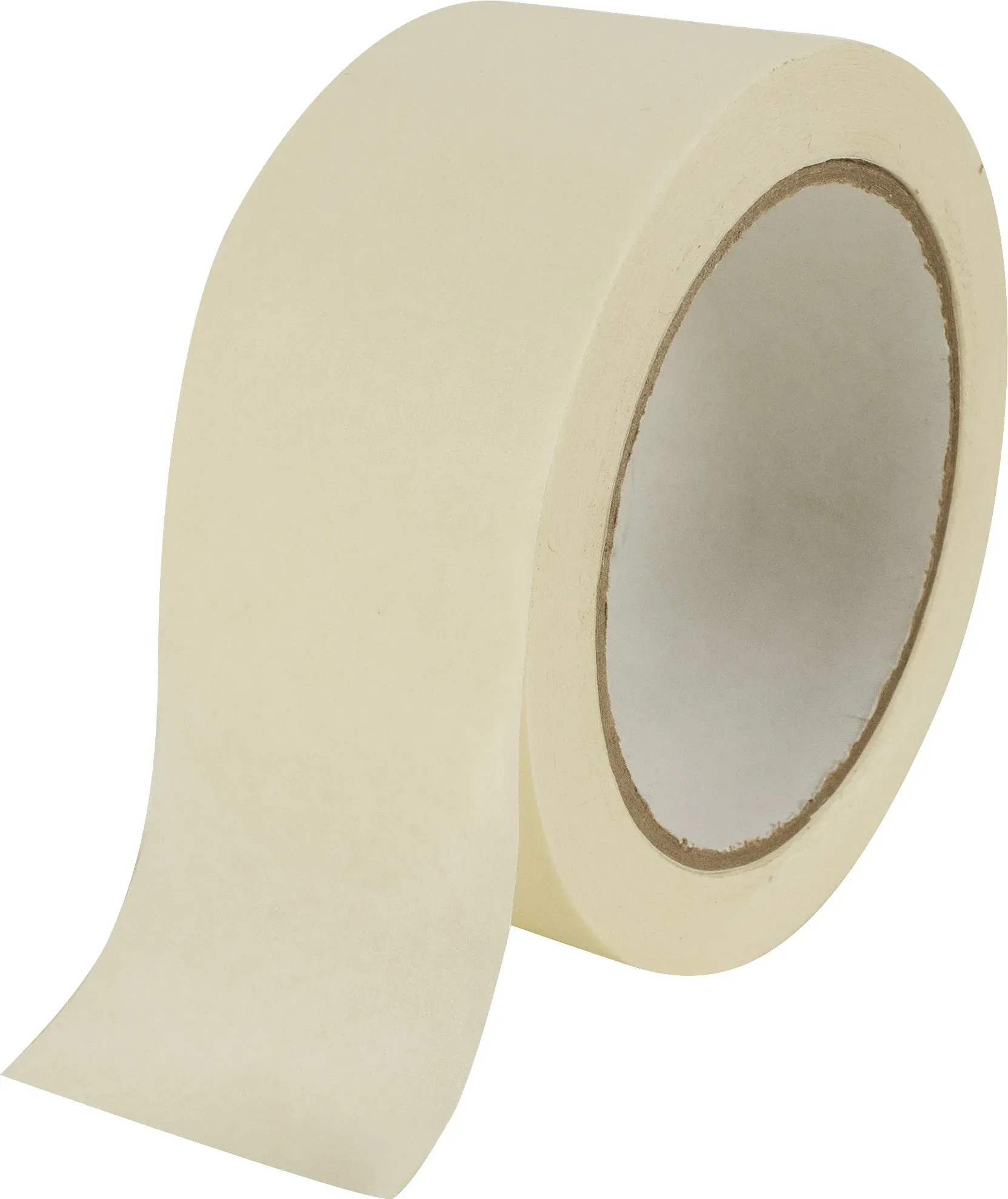Exploring the Artistic Appeal and Practicality of Shadow Skirting in Modern Interior Design
Exploring the Aesthetic and Functional Benefits of Shadow Skirting
In the world of interior design, the details matter significantly. One such detail that has gained popularity in recent years is shadow skirting. This unique architectural element not only adds depth and character to a space, but it also serves a practical purpose that enhances both aesthetics and functionality. In this article, we will explore the concept of shadow skirting, its benefits, and how it can be effectively incorporated into any design scheme.
What is Shadow Skirting?
Shadow skirting refers to a type of skirting board or baseboard that is designed with a recessed profile, creating a shadow line between the wall and the floor. Unlike conventional skirting boards that are often flat and prominent, shadow skirting is more subtle, producing an elegant line that enhances the clean look of the space. This design technique effectively draws the eye upward, making ceilings appear higher and rooms feel more spacious.
Aesthetic Benefits
One of the primary reasons homeowners and designers opt for shadow skirting is its visual appeal. The minimalist and contemporary look of shadow skirting seamlessly fits into modern and traditional interiors alike. This style provides a sleek transition from wall to floor, eliminating the bulky appearance often associated with traditional skirting boards.
The shadow line created by this skirting can also be used to accentuate architectural features within a space. For instance, in a room with high ceilings or elaborate moldings, shadow skirting can complement these elements without overpowering them. Additionally, the play of light and shadow created by the recessed design can add depth to walls, creating a sophisticated ambiance.
Functional Advantages
shadow skirting

Beyond its aesthetics, shadow skirting boasts practical benefits. One significant advantage is ease of cleaning. Since shadow skirting is often lower and streamlined, it prevents dust from collecting in hard-to-reach places, simplifying the upkeep of your home. This can be particularly useful in high-traffic areas.
From a functional standpoint, shadow skirting can also help to hide imperfections in flooring or wall finishes. If there are slight inconsistencies or gaps where the floor meets the wall, shadow skirting can effectively conceal these issues, providing a seamless look that enhances the overall quality of the interior.
Incorporating Shadow Skirting into Your Design
Integrating shadow skirting into your design scheme is relatively straightforward, but there are a few considerations to keep in mind. First, choose a height that complements the proportions of your room. Shadow skirting typically sits lower than traditional skirting boards, so ensure it aligns well with other design elements.
Another consideration is the material and color of the skirting. Many designers recommend using a finish that contrasts subtly with the wall color to enhance the shadow effect. Alternatively, matching the skirting to the flooring can create a cohesive look that ties the entire space together.
Conclusion
Shadow skirting is a design element that combines style with practicality. Its ability to create an illusion of height, ease of maintenance, and versatility in matching various design aesthetics make it a valuable addition to any home.
Whether you are renovating an existing space or designing a new one, consider incorporating shadow skirting to elevate the overall aesthetic appeal and functionality of your interiors. With its modern touch and understated elegance, shadow skirting is an interior design trend worth embracing.
-
SPC FlooringJun.24,2025
-
Bathroom Wall CoveringsJun.24,2025
-
Why Dry Back LVT Flooring Is the Smart Choice for Modern InteriorsJun.05,2025
-
Transform Your Interiors with Elegant Luxury Vinyl Flooring OptionsJun.05,2025
-
The Rise of SPC Vinyl Flooring: A Modern Solution for Durable and Stylish SpacesJun.05,2025
-
Click LVT Flooring: The Perfect Blend of Style, Strength, and SimplicityJun.05,2025




